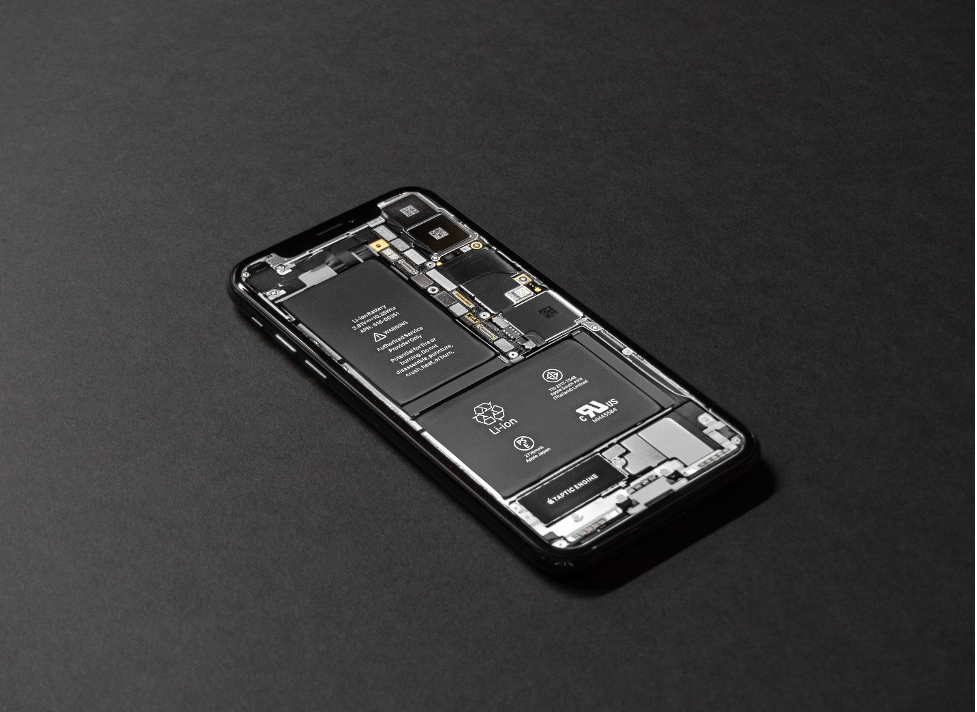Reporting conflict minerals, particularly 3TG (tin, tungsten, tantalum and gold) is common practice and legally required in many parts of the world. But what should your company do when there is a mineral that could still be considered a conflict mineral but not included in legislation?
In recent years, there has been an increasing demand to see cobalt included in conflict minerals reporting because of its sourcing from conflicted areas, association with human rights abuses and concerning environmental impacts. It may not be legally required, but an increasing number of companies are asking their suppliers to report cobalt in their supply chains. So, should you be reporting cobalt? And if so, how should you do it?
Where Is Cobalt Used?
Cobalt is used as an essential element in lithium-ion batteries, meaning it can be found in laptop computers, cell phones and electric vehicles. Since the demand for these items has been climbing steeply each year, the demand for cobalt has likewise been increasing.
Do I Need to Report Cobalt?
Cobalt is not one of the 3TG minerals that is required to be reported by the Dodd-Frank Act. It was originally intended to be included — but this was met with resistance by corporations concerned about the complexity of reporting cobalt, which is a byproduct of copper and nickel mining.
However, there is now increasing demand to see cobalt reported. Because the Democratic Republic of the Congo (DRC) is the world’s largest cobalt producer, more organizations are requiring due diligence to ensure that their cobalt supply is not supporting conflict or human rights abuses. While you may not be legally required to report cobalt, doing so highlights your corporate responsibility and may be required by your customers.
How Do I Report Cobalt?
To report cobalt to your customers, you will use the Cobalt Reporting Template (CRT) from the Responsible Minerals Initiative (RMI). This form was originally introduced in 2018, and it has quickly become an essential tool for cobalt reporting.
The CRT will help you gather information about cobalt’s country of origin, as well as the smelters and refiners you use. It also includes a smelter lookup feature to facilitate due diligence.
For your cobalt reporting, you’ll need to survey your supply chain and understand which smelters and refiners are being used. This will involve communicating your company’s requirements to your suppliers and collecting data using the CRT. Once the data is collected, you will need to analyze it to determine the risk level of the smelters and refiners used in your supply chain. Finally, you will need to aggregate the data from your suppliers to prepare it for submission to your customer.
Get Conflict Minerals Support
While 3TG conflict minerals reporting has been in place for years, cobalt reporting may be relatively new to your company. But its importance can’t be overstated — increasing demand by organizations to see cobalt reporting and ensure responsible sourcing will likely only continue to grow in the future.
If you need help surveying your supply chain for cobalt sourcing or using the CRT, contact one of our conflict minerals specialists at [email protected]. Our years of conflict minerals reporting can support you in showcasing your corporate responsibility and meeting the cobalt reporting requirements for your customers.






